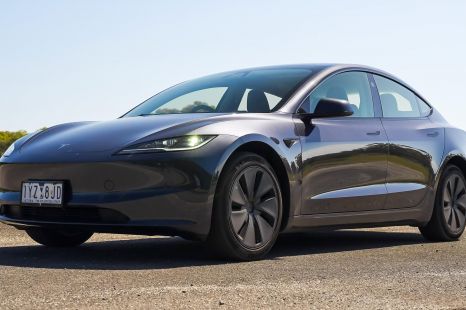

Scott Collie
2025 Tesla Model 3 RWD review
5 Months Ago

News Editor
BYD’s local distributor EVDirect says it doesn’t want to endlessly tease its upcoming cars, and instead wants strong supply of vehicles almost immediately after they’re launched.
Pricing and specifications for the new BYD Dolphin, the brand’s entry-level electric hatchback, will be announced around June, with deliveries to begin within a month or two after.
The BYD Seal, a rival for the Tesla Model 3, will be officially launched in the fourth quarter of this year. Again, deliveries will begin within 1-2 months of this announcement.
BYD had previously indicated the Seal and Dolphin would launch in late 2022 or early 2023.
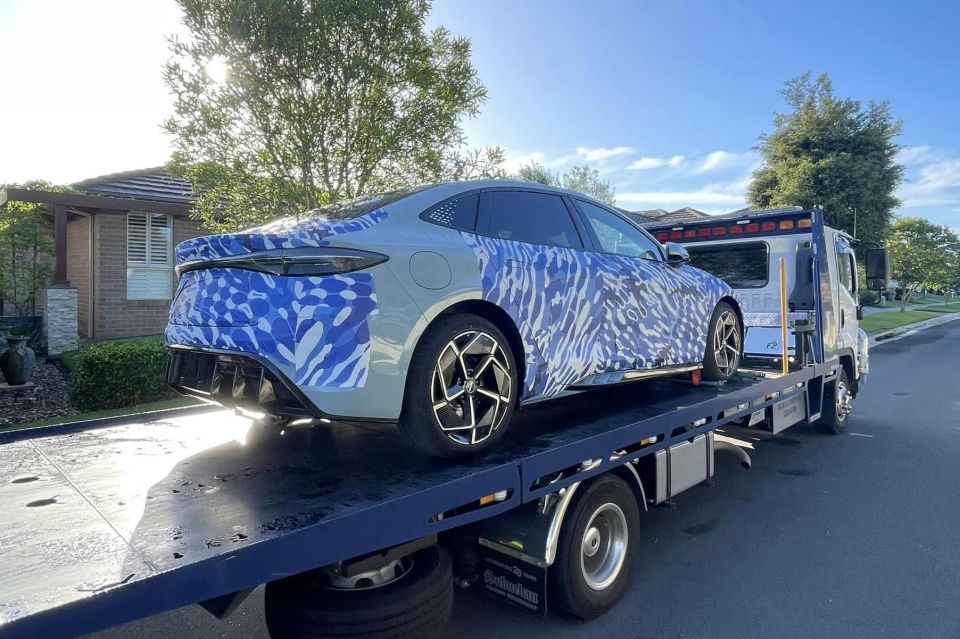
“We’re not going to have long waits between when we make an announcement and when we deliver [cars],” said EVDirect managing director Luke Todd.
“When we launch cars, we plan to have deliveries soon thereafter.”
As for how many vehicles will come ashore, BYD says to expect supply in the thousands shortly after launch.
He said it was a different story for the Atto 3 as the company wasn’t just launching a vehicle, it was launching a brand plus an entire sales and servicing network.

Mr Todd called the Dolphin the “most anticipated car ever in Australia” but wouldn’t confirm pricing this early. Nevertheless, we’re expecting keen pricing based on how the Atto 3 has been positioned in the market.
It’s almost certain to be one of Australia’s most affordable EVs, though whether it will undercut the likes of the GWM Ora and MG 4 – and if so, by how much – isn’t yet known.
MG has announced pricing for only the top-spec MG 4 Essence thus far, which will ring up at $47,990 before on-roads; the GWM Ora range opens at $43,990 before on-roads.
BYD’s electric hatch will be called Dolphin, too, with Mr Todd ruling out a name change. A final decision has yet to be made on the Seal’s name, though he points out many prospective buyers will already be aware of what it’s called in other markets and there has to be a pretty compelling reason to change a vehicle’s name.

The Australian-market Dolphin is being substantially updated compared to the Chinese-market model, with EVDirect confirming it has a “whole new front end”.
The reason for this is the company’s edict that all the vehicles it sells in Australia be able to receive five-star ratings from ANCAP, which Mr Todd says it’s sure the Dolphin and Seal will follow the Atto 3 in doing.
BYD and EVDirect are trying to keep wait times for vehicles as low as possible.
Though there were complications in rolling out the brand locally, sales of the Atto 3 have well and truly taken off, buoyed by strong supply out of China.
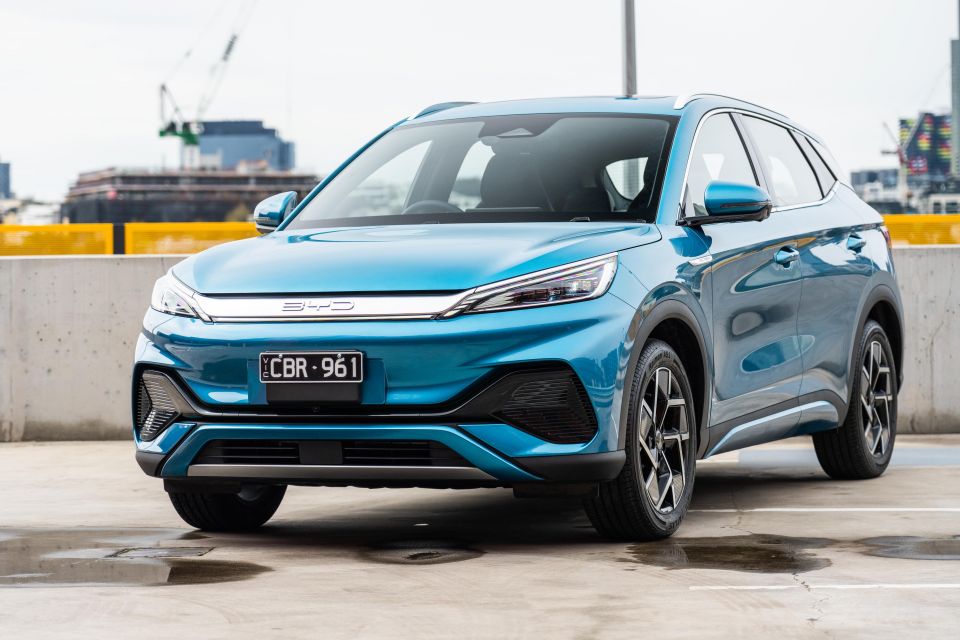
However, the company – like so many rival automakers – hasn’t been immune from the biosecurity crisis happening at our nation’s ports.
Because of this, Mr Todd says its first-quarter sales figures were a third what they could have been.
Mr Todd says many BYD Atto 3s are tied up in quarantine, acknowledging this process is important but expressing befuddlement that a crisis like this can prove such a burden.
“I don’t understand how an industry can be so affected,” he said.

Mr Todd says supply should “catch up” by early April, as the company has been making major changes to ensure it gets as many vehicles on the ground as possible, including chartering extra ships and bringing vehicles in containers.
More than 10,000 Atto 3 vehicles have been ordered since launch. It sold 2113 vehicles last year and a further 2098 in the first quarter of this year, indicating an order bank of over 5000 vehicles.
The SUV will be bookended by the new Dolphin and Seal, with the latter having previously been indicated to have a base price higher than that of the Atto 3.
The Seal’s positioning above the Atto 3 could put it close to its Tesla Model 3 rival in pricing, which starts at $60,900 before on-road costs.
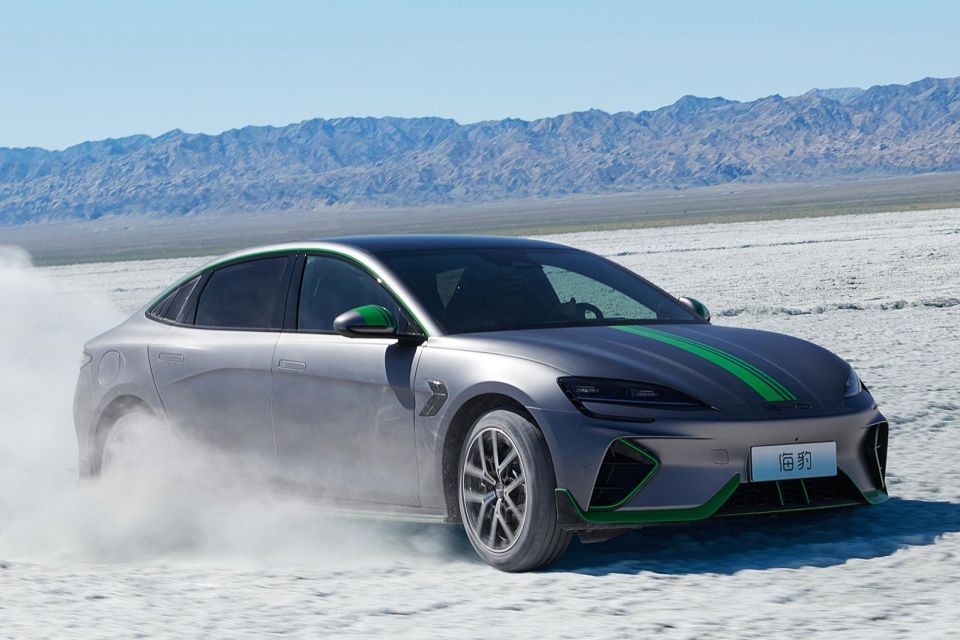
The Chinese-market Seal range opens with a single-motor rear-wheel drive powertrain, producing 150kW of power and 310Nm of torque and boasting a 0-100km/h time of 7.5 seconds.
This uses a 61.4kWh blade battery and has a claimed range of 550km, albeit on the lenient CLTC cycle.
A long-range single-motor version uses an 82.5kWh battery and a more powerful 230kW/360Nm rear-mounted electric motor, bumping range to 700km and slashing the 0-100km/h time to 5.9 seconds.
Finally, the dual-motor all-wheel drive version uses the long-range model’s battery and pairs a 230kW/360Nm rear permanent magnet synchronous motor with an asynchronous 160kW/310Nm front motor, for total outputs of 390kW and 670Nm.

It has a claimed range of 650km and a 0-100km/h time of 3.8 seconds.
The dual-motor version also features frequency variable damping shock absorbers.
Models with the 61.4kWh battery can be charged at up to 110kW on a DC fast charger, while those with the 82.5kWh battery can be charged at up to 150kW.
All models support 7kW AC charging and feature a heat pump.
Standard on all Chinese-market Seals are adaptive cruise control with stop/go, autonomous emergency braking, adaptive cruise control, Traffic Jam Assist, blind-spot monitoring, rear cross-traffic assist, safe exit warning and LED headlights with automatic high-beam.
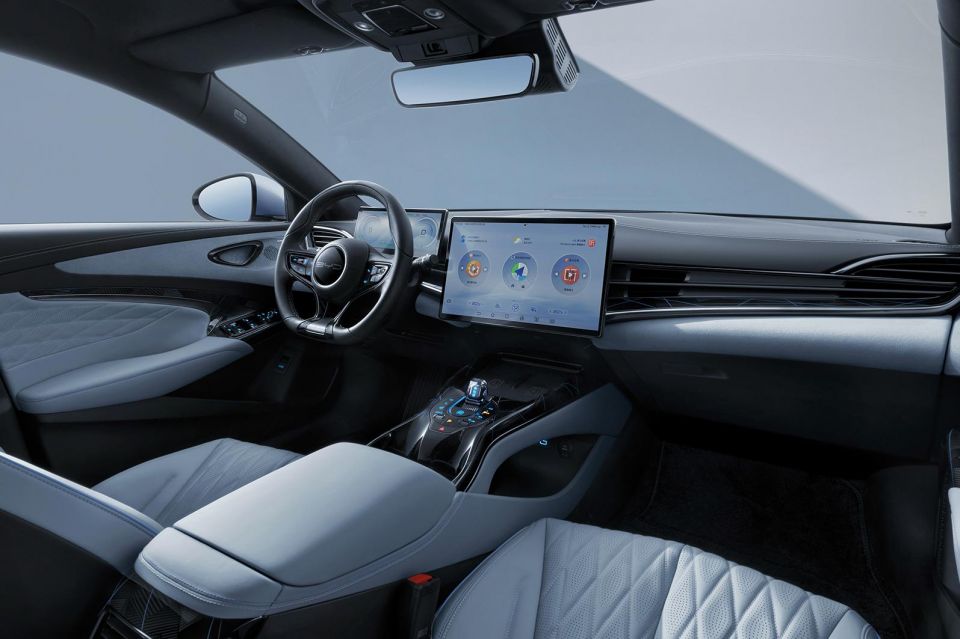
All models also feature a panoramic glass roof and keyless entry and start, while inside there’s a rotating 15.6-inch touchscreen infotainment system, 10.25-inch digital instrument cluster, dual wireless charging pads, eight-way power driver’s seat and six-way power passenger seat.
Available features include a head-up display, power boot lid, heated and ventilated front seats, and a 12-speaker Dynaudio sound system.
The Seal measures 4800mm long, 1875mm wide and 1460mm tall on a 2920mm wheelbase. That’s 106mm longer, 58mm narrower and 17mm taller than a Tesla Model 3 on a 45mm longer wheelbase.
It features a double-wishbone front and five-link independent rear suspension.
The Dolphin measures in at around four metres long, which is around the same length as the Toyota Yaris, though it has a 2.7m-long wheelbase.

In China the small hatchback is available with two single-motor powertrains and two battery packs.
The base powertrain in the Chinese market produces 70kW of power and 180Nm of torque, while the other produces 130kW and 290Nm.
The battery packs are 30.7kWh and 44.9kWh, respectively, with the former supporting DC charging at up to 40kW and the latter offering up to 60kW. Maximum AC charging capability on all models is 7kW, while all models also feature a heat pump.
The Dolphin’s suspension features McPherson struts up front and a torsion beam at the rear.
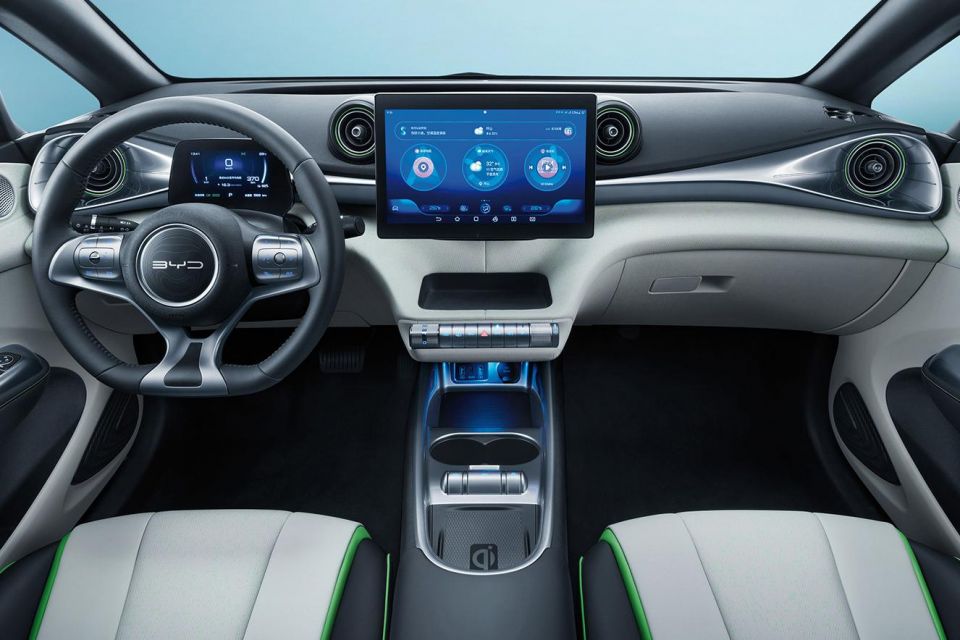
Available safety and driver assist features include autonomous emergency braking, adaptive cruise control with stop/go, lane-keep assist, traffic sign recognition, traffic jam assist, and semi-autonomous parking assist.
Inside, there’s a 5.0-inch digital instrument cluster and a choice of 10.1-inch or 12.8-inch rotating central touchscreens, while available comfort and convenience features include keyless entry and start, a panoramic glass roof and a power driver’s seat.
Where expert car reviews meet expert car buying – CarExpert gives you trusted advice, personalised service and real savings on your next new car.
William Stopford is an automotive journalist based in Brisbane, Australia. William is a Business/Journalism graduate from the Queensland University of Technology who loves to travel, briefly lived in the US, and has a particular interest in the American car industry.


Scott Collie
5 Months Ago
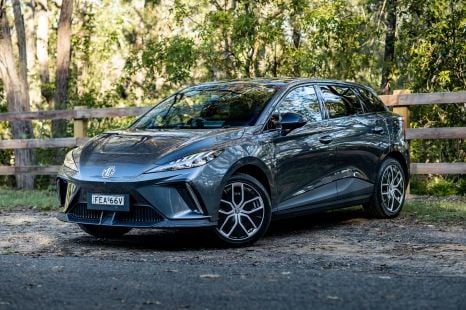

Matt Campbell
4 Months Ago
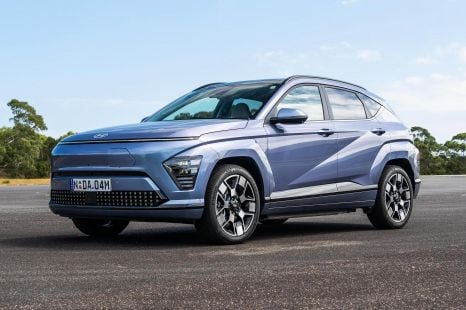

Scott Collie
4 Months Ago
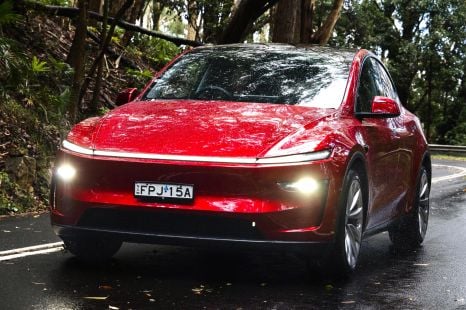

Max Davies
4 Months Ago
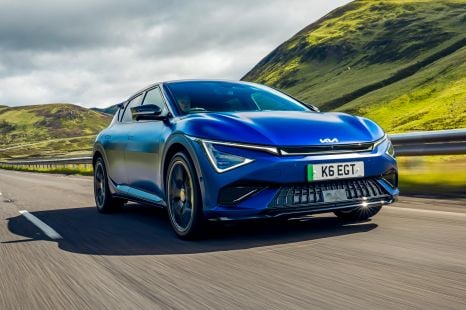

Matt Robinson
2 Months Ago
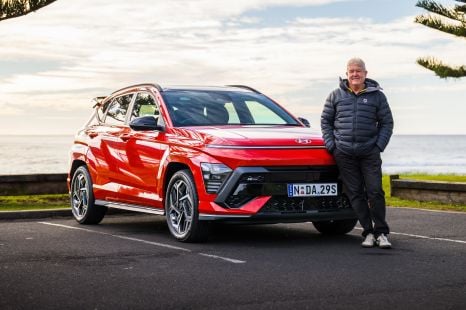

Anthony Crawford
2 Months Ago